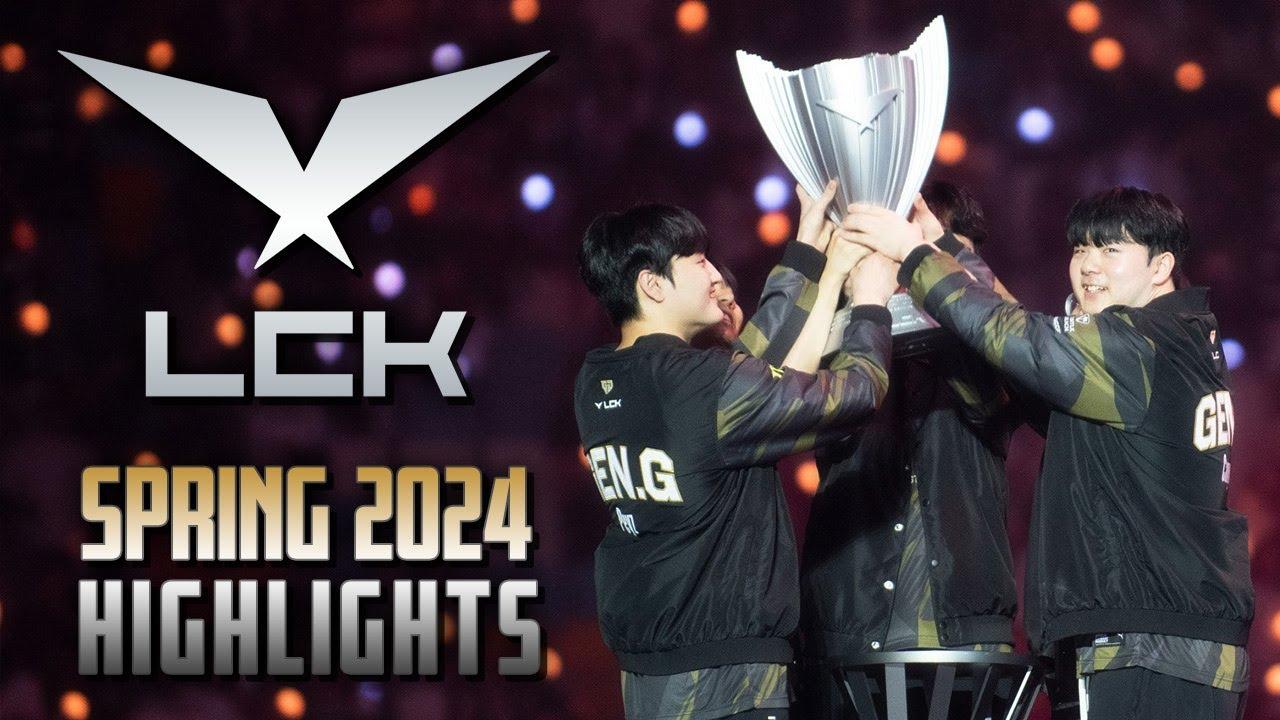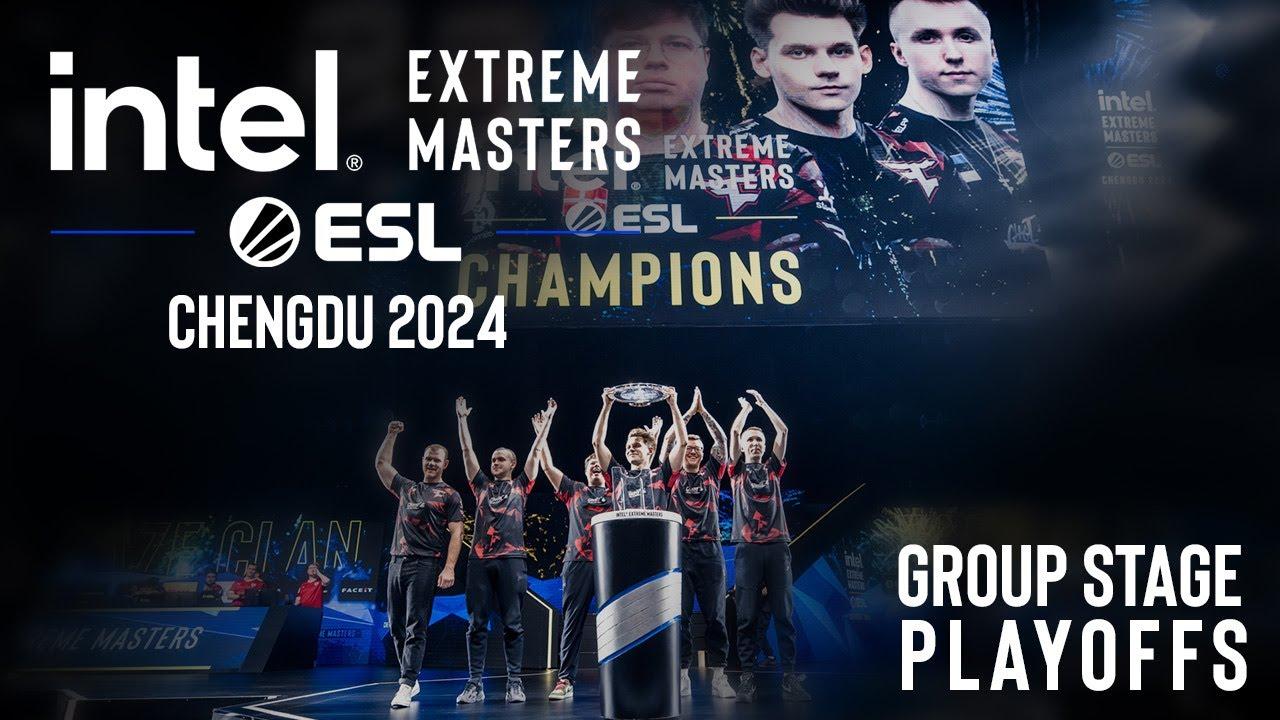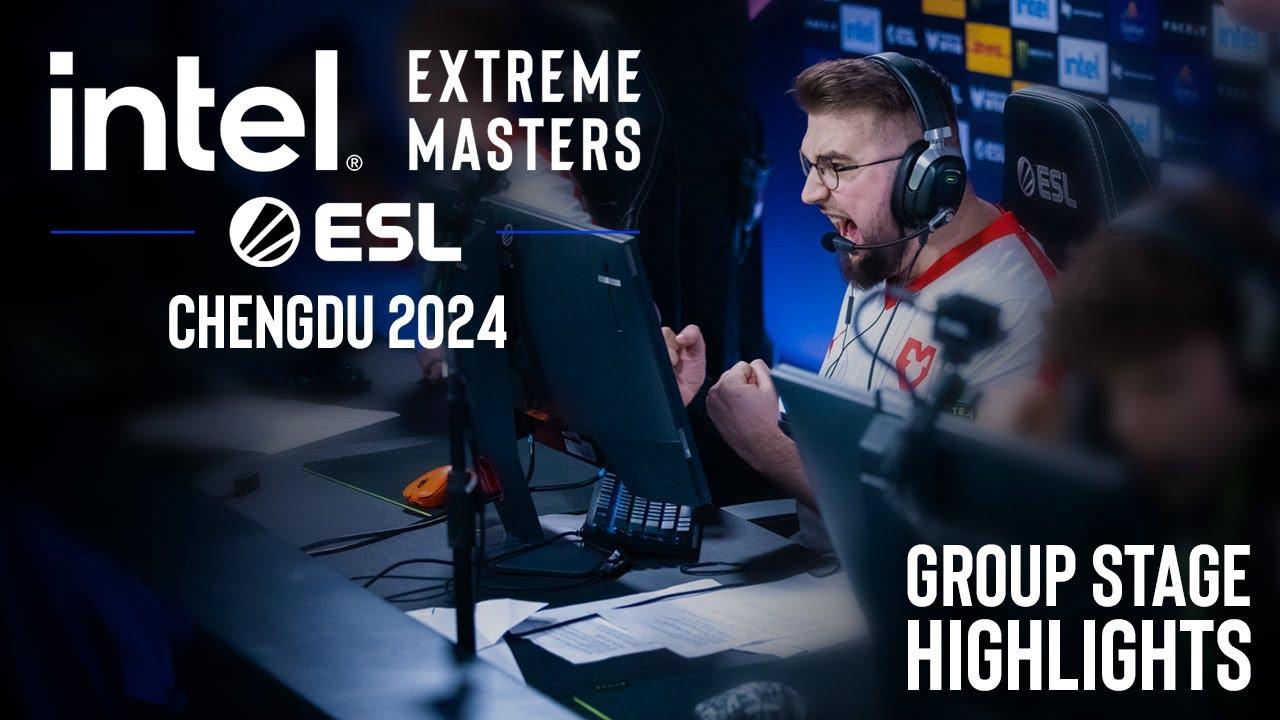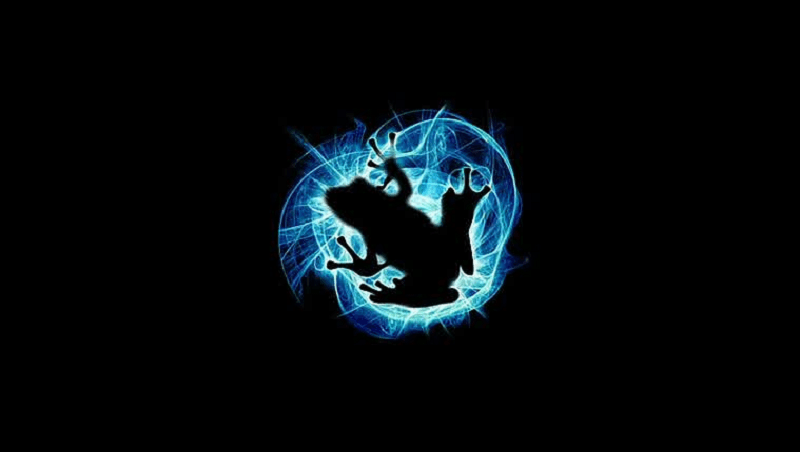
Dota 2 dev IceFrog returning for next patch, Skiter claims
IceFrog will return to Dota 2 development in 2023, but many fans may not realize that he was ever gone in the first place.
In a recent interview, Tundra Esports carry Oliver “skiter” Lepko opened up on rumors that IceFrog temporarily left Dota 2 development in either late 2020 or early 2021. The reveal comes during an interview after The International 2022, where Tundra earned over $8.5 million and a chance to meet the legendary developer in person.
Skiter interview
Yadda The interview was conducted by Peter “c1RcA” Trávnik and posted on his YouTube channel in December of 2022. Toward the middle of the 75-minute talk, Skiter revealed that Tundra Esports had been invited to meet personally with IceFrog. After theorizing how much the mysterious developer is paid by Valve, Skiter revealed to c1RcA that there were rumors he wasn’t working on the game for years.
“…but there were rumors that he wasn’t working on Dota for the last two years as much. That’s why there weren’t any big changes to the map or economics. People complained about the state of Dota, and I think that’s the reason why it’s like that,” he said.
He did not disclose where he heard them from, but it’s possible that The International 2022 champion carry was told directly by Valve or the company’s insiders.
If true, that would mean that IceFrog was absent from development for some of the more controversial mechanical changes over the last couple of years. The addition of flagbearer creeps was possibly done without his input, as was adding the much-maligned item Wraith Pact. Several balance adjustments and Shard reworks, too many to list, were also done entirely by Valve’s in-house team. That group also gets the credit for all positive changes made over the same unclear timeframe.
IceFrog possibly left development for two years, TI champ says
In addition to revealing IceFrog’s possible absence from development, Skiter also claimed that he would be returning to Dota 2 development for the next major patch.
Skiter specifically stated that Dota 2’s map and economic structure hadn’t changed much since IceFrog left the dev team, and his return could lead to significant changes in both areas. From 2018 to 2020, IceFrog generally favored scaling gold and experience so that both were more plentiful in the later stages of the game rather than at the start. Flagbearers are a break with that philosophy, so their impact could be reigned in for the post-TI11 patch.
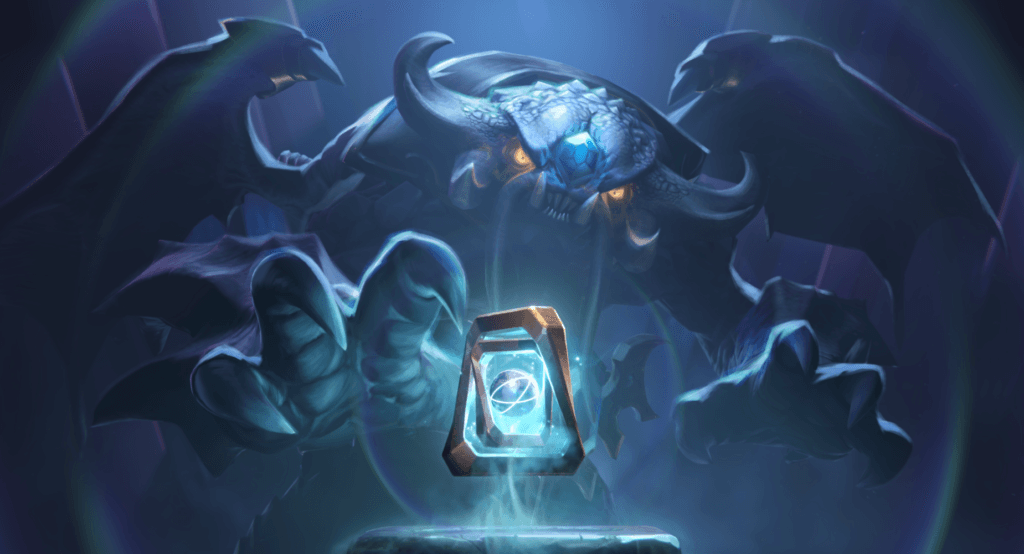
As for the map, it’s much more difficult to predict what kind of changes IceFrog will pursue, if any. The imbalance between the radiant and dire jungles could have been intentional to even out the former’s constantly higher win rate, so that could be a place to start. The placement of Roshan’s pit is also a topic that pro players have spoken out on, so the monster may once again get evicted.
What does IceFrog do in Dota 2 development?
IceFrog is, or was, the lead developer of Dota 2’s balance and mechanical changes. He was a member of the development team for the original Warcraft III Dota before the team split up to work on other projects. When Valve first began courting the squad for a sequel, IceFrog was reportedly invited to Valve’s office and was subsequently hired to lead development. He values his privacy very highly, which is part of his unique mystique among esports developers. Even his real name, rumored to be Abdul Ismail, has not been formally confirmed.
While many Dota 2 fans are quick to hold him responsible for any overpowered heroes or unpopular mechanics, IceFrog’s actual influence on the development of the game is difficult to judge. However, it’s worth noting that Aghanim’s Shards were possibly added right before his break. Larger changes like map adjustments or new mechanics may require his approval. If so, it would explain the relatively small changes introduced over the past two years.
Recommended
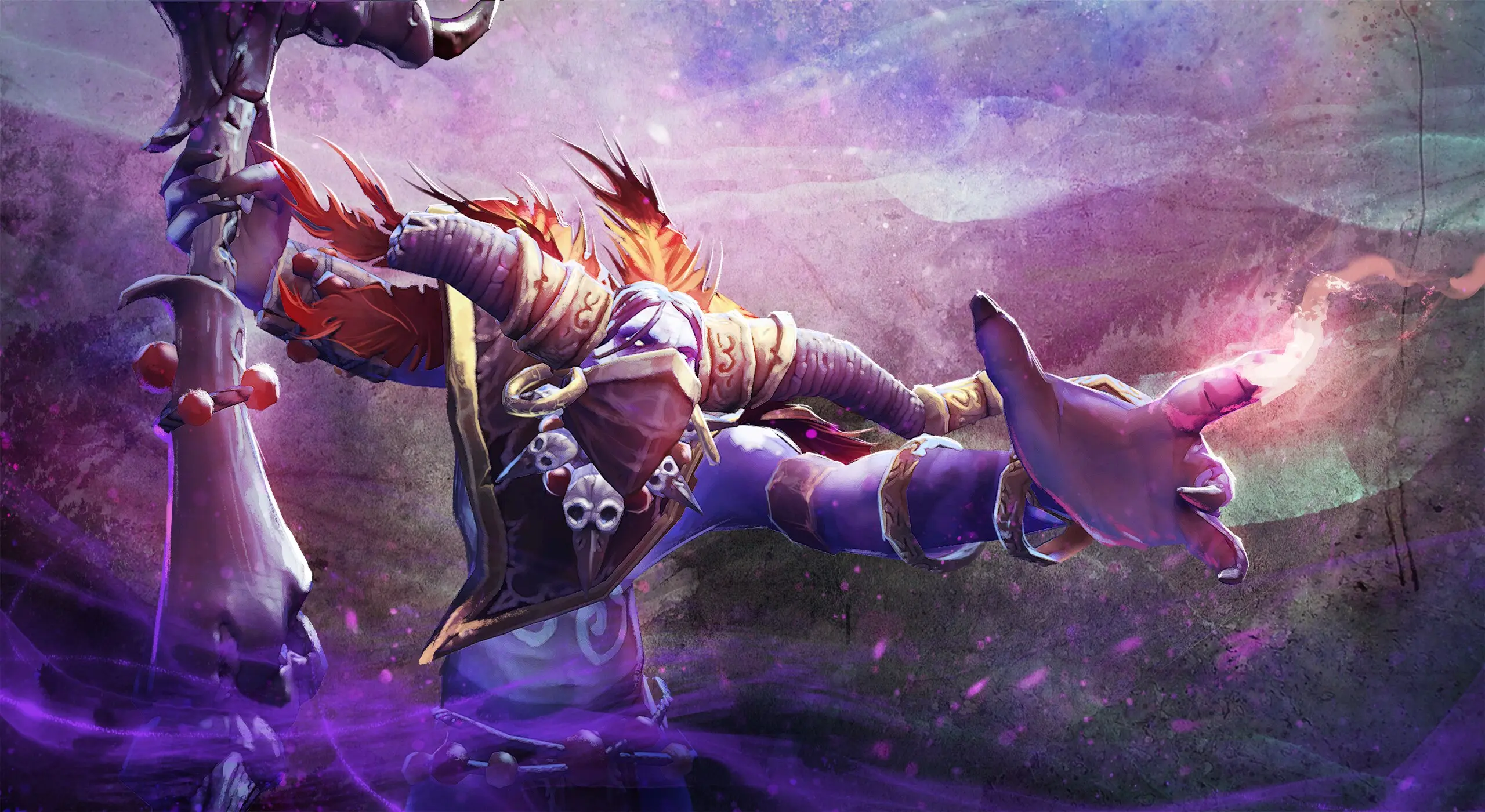
How to play Witch Doctor, the best hero in Dota 2 7.34
The Doctor is in.
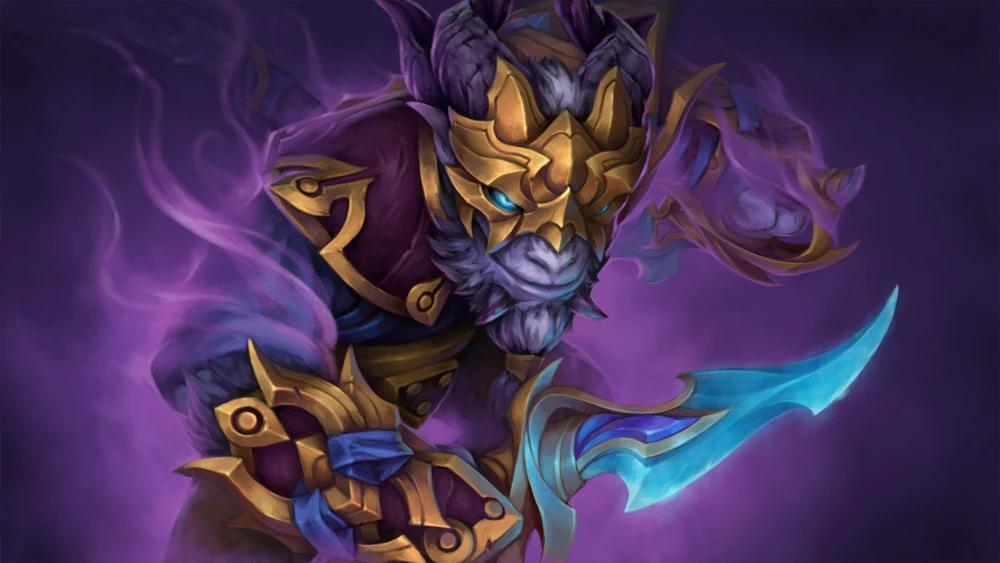
The new best heroes of Dota 2 7.34
Start queueing up sentries and Spirit Vessels.
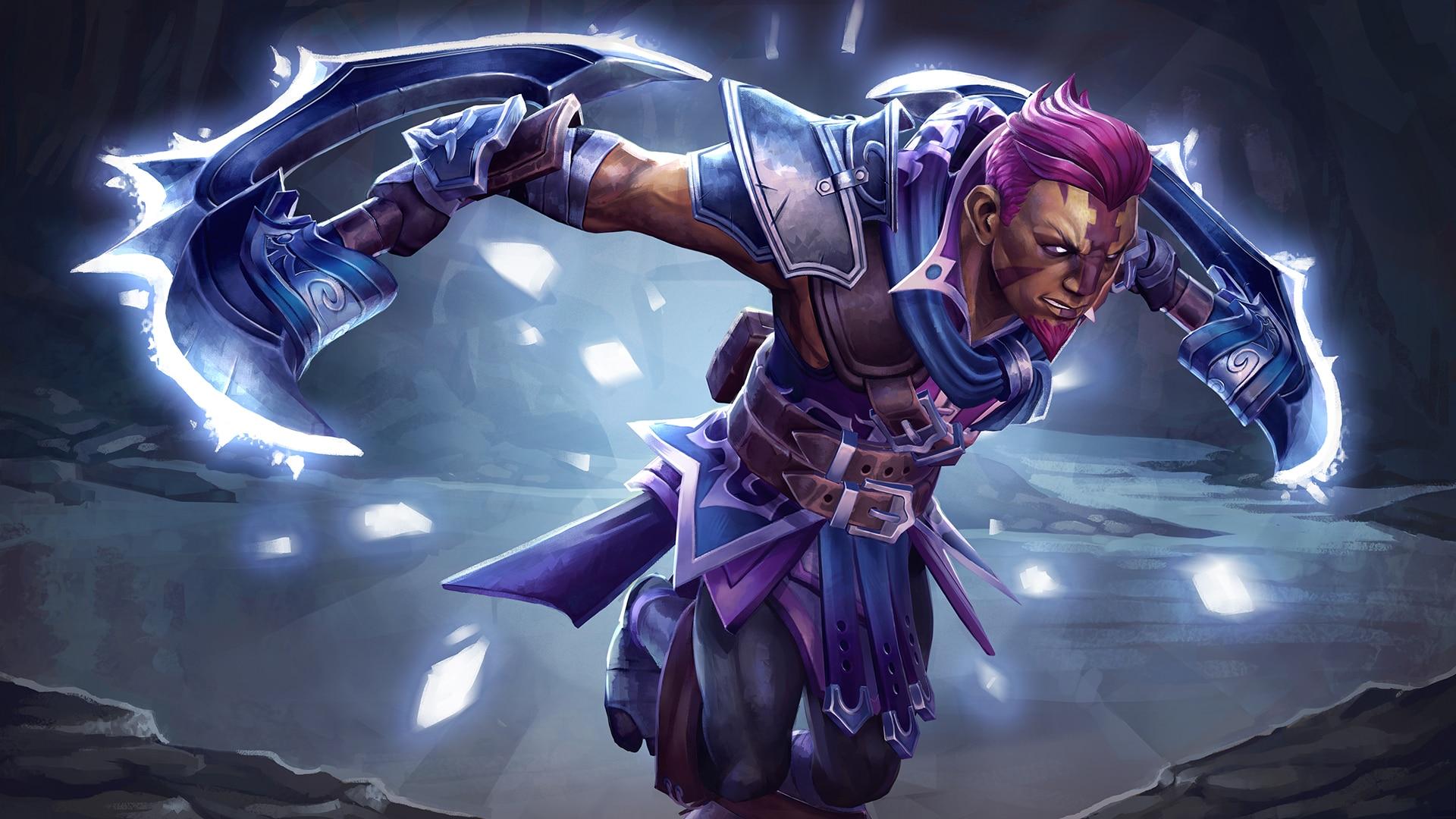
Dota 2 finally has a punishment for breaking items
If you want to BM, it’ll cost you.

